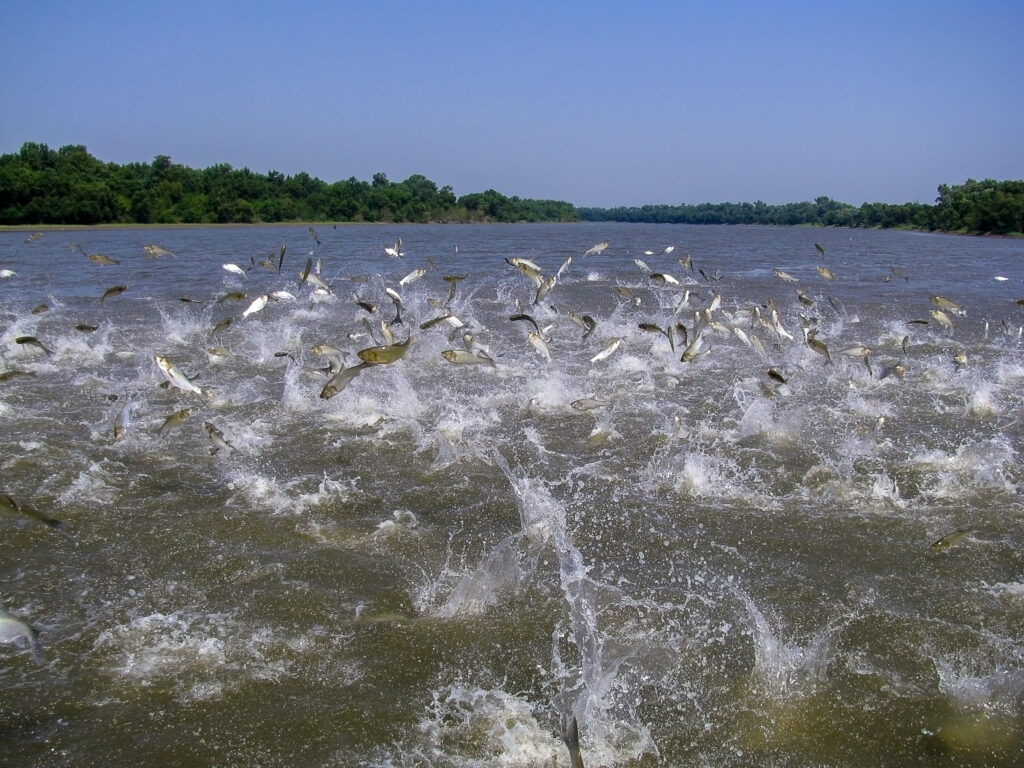Sustainable Dining and Commercial Fishing: The answer to invasive Asian Carp?
Posted
Last Updated
A professor at the University of Missouri-Columbia, Mark Morgan, has spent over a decade researching Asian carp, an invasive species to the United States. Also known as silver carp, the fish was introduced to the U.S. in the 1970s to help with water purification in catfish ponds.
Due to Midwest floods, carp made their way into other waterways, and Morgan says this led to the population exploding. The carp population grew more extensive than expected, becoming a burden in larger Midwest waters. Native species struggle to compete for food against the overpopulated carp species.
“The flood of ’93 started to open the door for carp to move into other locations. Now we have carp up and down the Mississippi River, including its major tributaries,” Morgan told Modern Conservationist.
“The most affected river is the Illinois River, which runs from Chicago to St. Louis. That waterway has the most Asian carp of any place on the planet, including China, which is where the fish came from.”
According to the U.S. Fish and Wildlife Service, female carp can lay more than half a million eggs at a time. The rapid increase in the carp population can be attributed to their reproductive rate. Silver carp typically grow up to 3 feet long and weigh anywhere from 20 to 80 pounds.
Missouri-Columbia research shows that these fish pose a threat not only to the native fishing industry but also to humans.
“They’ve been changed from an invasive to an injurious species,” shares Roy Source, owner and president of Illinois-based fishing co-op Sorce Freshwater. “Part of it is because they’re harming the environment; part is because they hurt people. You get hit in the head by a 60-pound fish, and it could kill you.”

